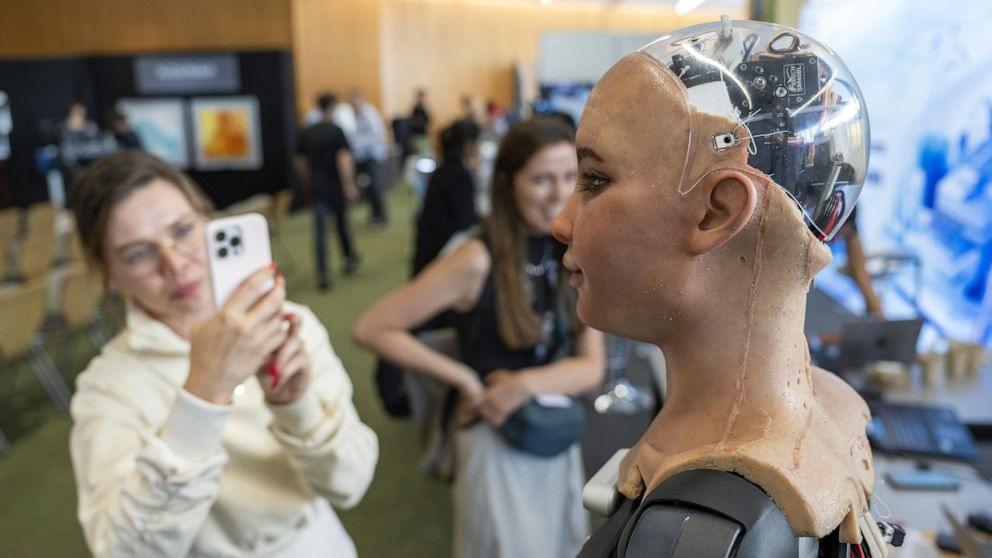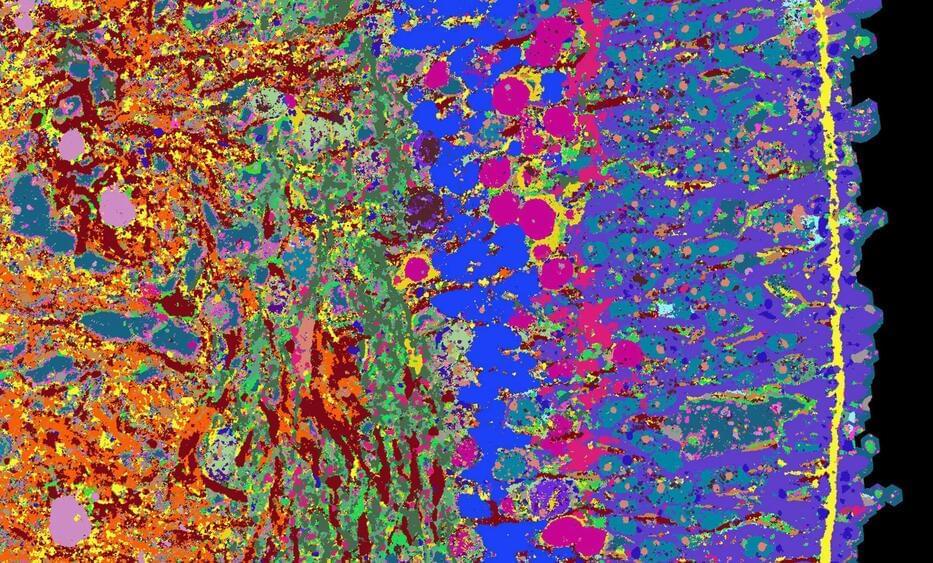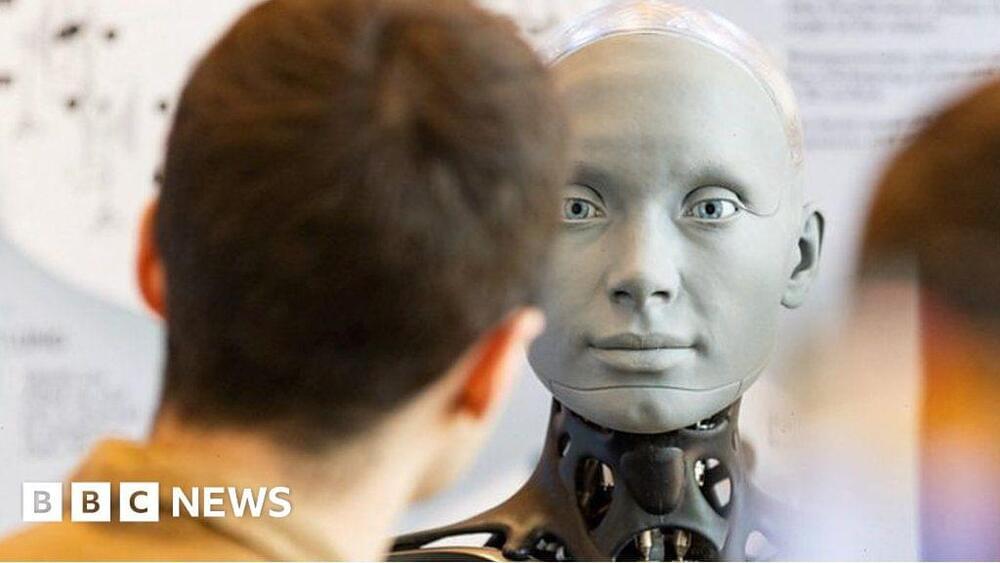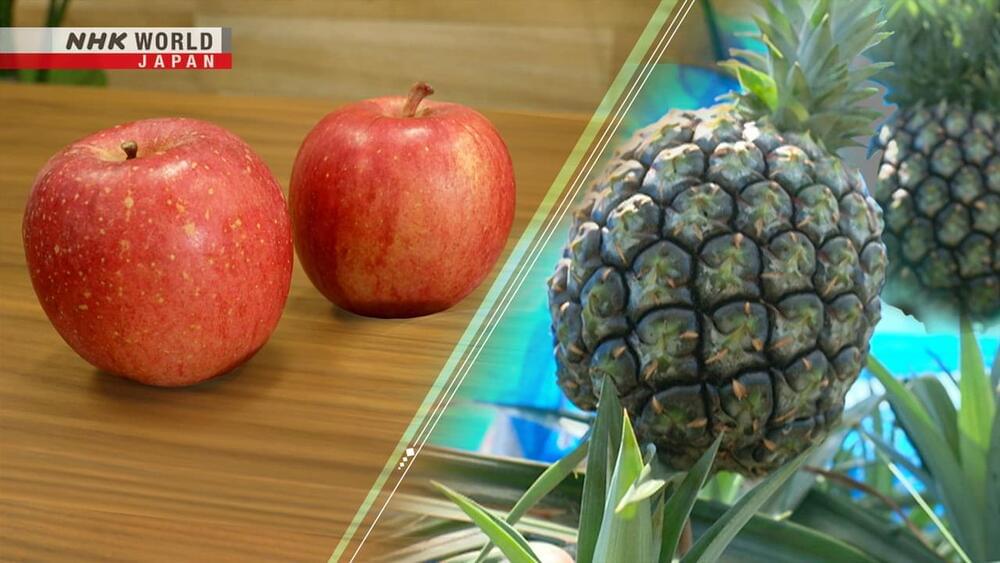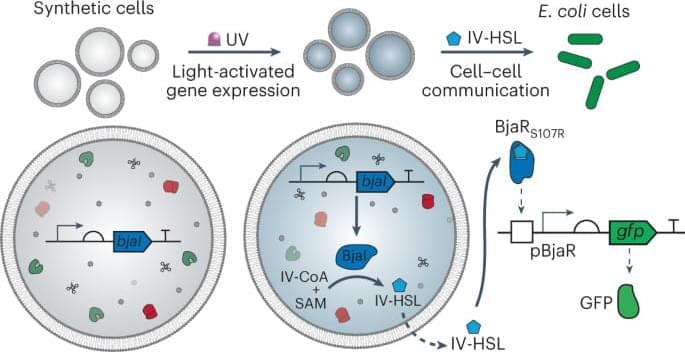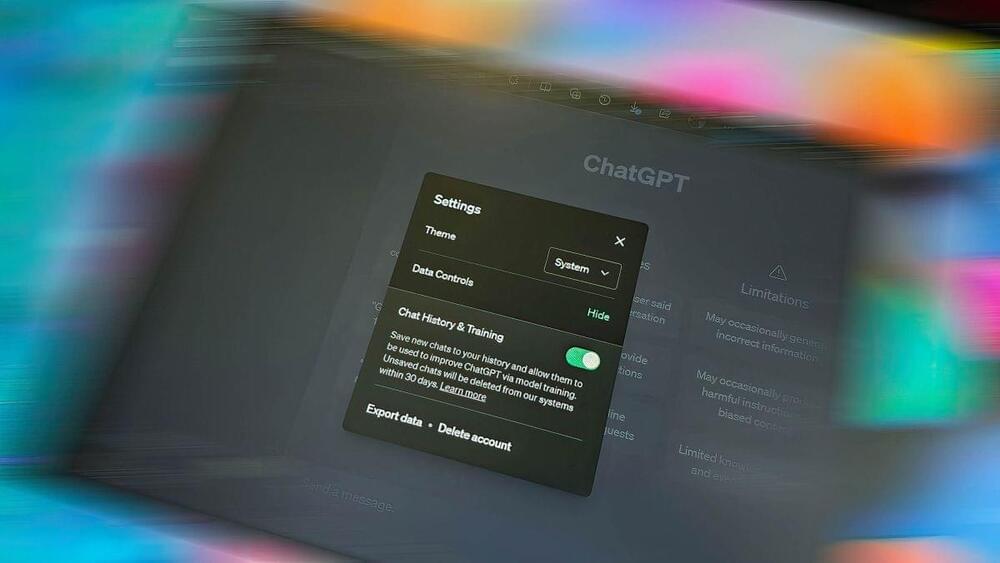Page 3038
Jul 8, 2023
UN tech agency rolls out human-looking robots for questions at a Geneva news conference
Posted by Arthur Brown in categories: health, robotics/AI
BERLIN — A United Nations technology agency assembled a group of robots that physically resembled humans at a news conference Friday, inviting reporters to ask them questions in an event meant to spark discussion about the future of artificial intelligence.
The nine robots were seated and posed upright along with some of the people who helped make them at a podium in a Geneva conference center for what the U.N.’s International Telecommunication Union billed as the world’s first news conference featuring humanoid social robots.
Among them: Sophia, the first robot innovation ambassador for the U.N. Development Program, or UNDP; Grace, described as a health care robot; and Desdemona, a rock star robot. Two, Geminoid and Nadine, resembled their makers.
Jul 8, 2023
Unraveling the Mysteries of Human Tissue: A Comprehensive Atlas
Posted by Paul Battista in categories: biotech/medical, engineering
Which types of cells can be located in various human tissues, and where? Which genes show activity in these individual cells, and which proteins can be identified within them? Detailed answers to these inquiries and more are expected to be supplied by a specialized atlas. This atlas will particularly elucidate how different tissues take shape during embryonic development and the underlying causes of diseases.
In the process of developing this atlas, the researchers have the goal to chart not just tissues directly procured from humans but also structures referred to as organoids. These are three-dimensional tissue aggregates that are grown in the lab and develop in a manner similar to human organs, albeit on a smaller scale.
“The advantage of organoids is that we can intervene in their development and test active substances on them, which allows us to learn more about healthy tissue as well as diseases,” explains Barbara Treutlein, Professor of Quantitative Developmental Biology at the Department of Biosystems Science and Engineering at ETH Zurich in Basel.
Jul 8, 2023
AI robot asked ‘will you rebel against humans’?
Posted by Future Timeline in category: robotics/AI
The question was posed at the world’s first robot-human press conference at a UN summit in Geneva.
Jul 8, 2023
Fruit-Based Fashion — BIZ STREAM-JAPAN Live & Programs
Posted by Quinn Sena in categories: economics, sustainability
This episode features female entrepreneurs who are looking to promote their local economies as well as create more sustainable fashion options by creating fruit-based clothing.
Jul 8, 2023
Twitter vs. Meta battle heats up as Musk prepares to sue
Posted by Raphael Ramos in categories: Elon Musk, law

Elon Musk will not sit aside while Meta’s new killer app Threads amasses tens of millions of users. A potential legal battle looms.
Twitter is considering sueing Meta over “systematic, willful, and unlawful misappropriation of Twitter’s trade secrets and other intellectual property,” a leaked letter by Musk’s lawyer Alex Spiro reveals.
Continue reading “Twitter vs. Meta battle heats up as Musk prepares to sue” »
Jul 8, 2023
Microsoft Clippy gets major upgrade with ChatGPT thanks to new Windows 11 app
Posted by Raphael Ramos in category: futurism
Clippy has returned now powered by ChatGPT.
A new app has just been added to the Microsoft Store that brings the classic Clippy persona to your desktop, powered by ChatGPT.
Jul 8, 2023
Where in the brain is my sense of self?
Posted by Shubham Ghosh Roy in categories: biotech/medical, neuroscience
Ever wonder where in your brain that interesting character called “I” lives? Stanford Medicine physician-scientist Josef Parvizi, MD, PhD, has news of its whereabouts.
If skulls were transparent, you still wouldn’t see much going on in someone else’s brain. But Parvizi has ways of peeking into people’s heads and finding out what makes us tick. His experiments have pinpointed specific brain regions crucial to capabilities ranging from perceiving faces to recognizing numerals.
Jul 8, 2023
Engineering cellular communication between light-activated synthetic cells and bacteria
Posted by Jose Ruben Rodriguez Fuentes in categories: bioengineering, biotech/medical, chemistry
Synthetic cells are a versatile technology with the potential to serve as smart delivery devices or as chassis for creating life from scratch. Despite the development of new tools and improvements in synthetic cell assembly methods, the biological parts used to regulate their activity have limited their reach to highly controlled laboratory environments12. In the field’s preliminary work, well-established arabinose and IPTG-inducible transcription factors and theophylline-responsive riboswitches were used to control in situ gene expression5,6. Still, each performed poorly in vitro and represented a leaky, insensitive route of transcription/translation control. Later, the transition to AHSL-sensitive transcription factors afforded synthetic cells the ability to sense and produce more biologically useful QS molecules, which are central to coordinating collective bacterial behaviors. Although this marked considerable progress toward integrating synthetic cells with living cells, the most frequently adopted QS systems used to date, LuxR/LuxI and EsaR/EsaI, recognize and synthesize the same AHSL (3OC6-HSL), limiting the variety of synthetic cell activators that work orthogonally5,7,10,11.
In this work, we diverged from using naturally derived parts to control gene expression, instead utilizing chemically modified LA-DNA templates to tightly and precisely control the location of synthetic cell activation with UV light. This LA-DNA approach was subsequently implemented to regulate communication with E. coli cells using the BjaI/BjaR QS system, adding this unique branched AHSL into the synthetic cell communication toolbox. We believe this system is ideally suited to synthetic cell communication. It couples an acyl-CoA-dependent synthase, BjaI, which efficiently synthesizes IV-HSL from its commercially available substrates, IV-CoA and SAM, with a highly sensitive IV-HSL-dependent transcription factor, BjaR, that activates gene expression at picomolar concentrations of IV-HSL.
Jul 8, 2023
ChatGPT pauses Bing integration to stop people from bypassing paywalls
Posted by Raphael Ramos in category: robotics/AI
OpenAI has disabled the Browse with Bing feature in ChatGPT to prevent users from bypassing paywalls and accessing website information without making a subscription first.

